The arrival of the fall and winter colder weather here in North Central Florida does not mean you have to hang up your gardening tools and look at a barren garden for these seasons. Fortunately, our area does not experience the prolonged, harsh winters that plague our more northern neighbors, making it easier to grow beautiful plants and flowers all year long. Knowing which types grow best in our unique climate is essential, so read on to learn about the fall and winter blooms that will bring beauty to your landscape design and enrich your enjoyment of the colder months.
Annuals and Perennials
Perennials are named for their ability to bloom for at least two growing seasons. While perennials may initially suffer under harsh winter weather or unexpected frosts, they are likely to reseed and grow again once these conditions resolve. Annuals, on the other hand, bloom only once per year and need frequent replanting. Making accurate distinctions between the two is a little trickier for us in central Florida than for locations that experience distinct seasons and predictable weather. With milder temperature extremes, some annuals can survive longer here.
We select plants largely on how they thrive in our version of cold weather, and it is up to a gardener’s discretion whether to plant annuals or perennials. Whichever you choose, here are some vibrant varieties to include in your fall and winter garden.
Camellia
This well-known southern favorite is a common sight for our area. The types that grow best in our climate are Camellia japonica and Camellia sasanqua, and their colors and size vary. Camellia japonica grows as white flowers on a bushy type of plant, while Camellias sasanqua boasts rosy pink flowers with white edges growing on a vertical plant. These Camellias can grow anywhere from 4 to 20 feet tall, and their flowers grow best in partial shade in well-drained soil with a slight acidity.
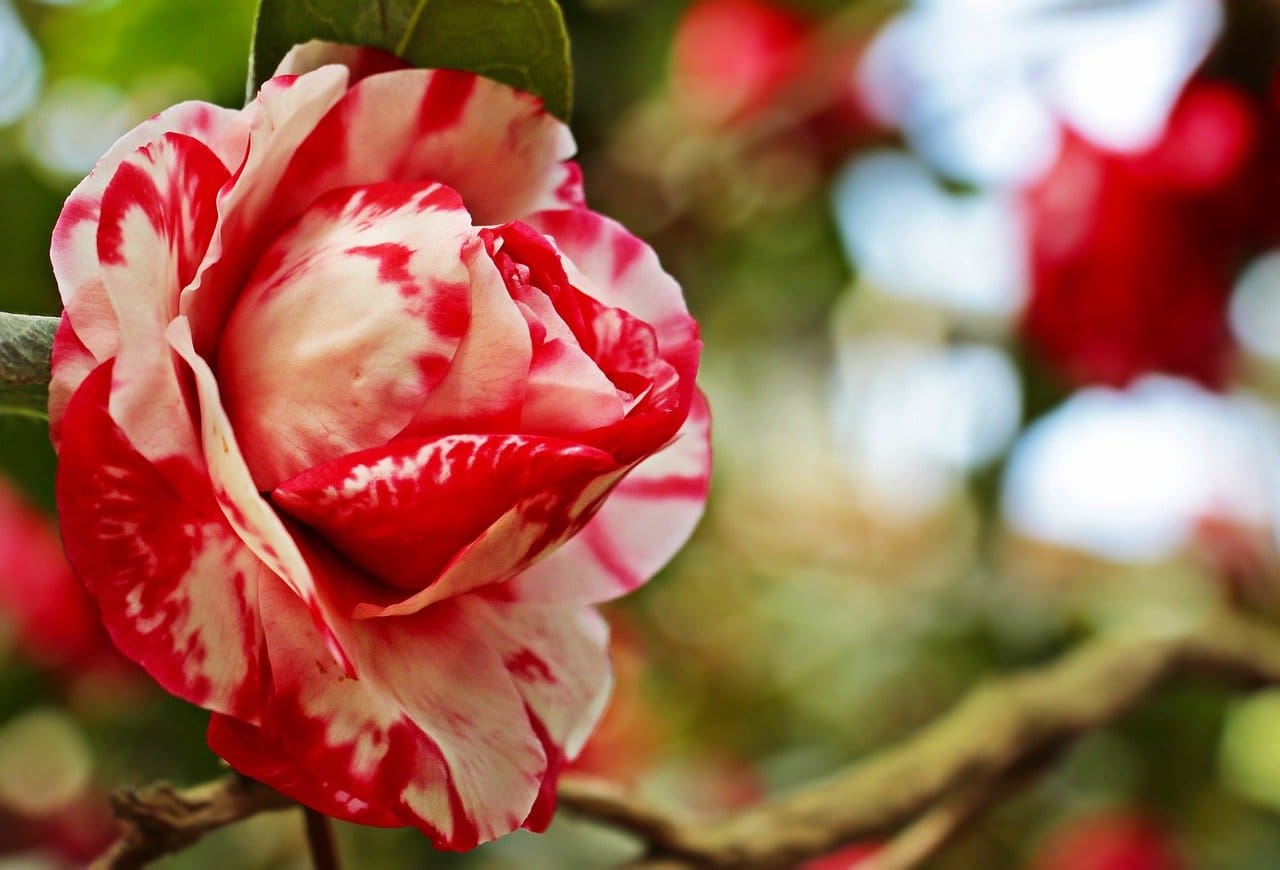
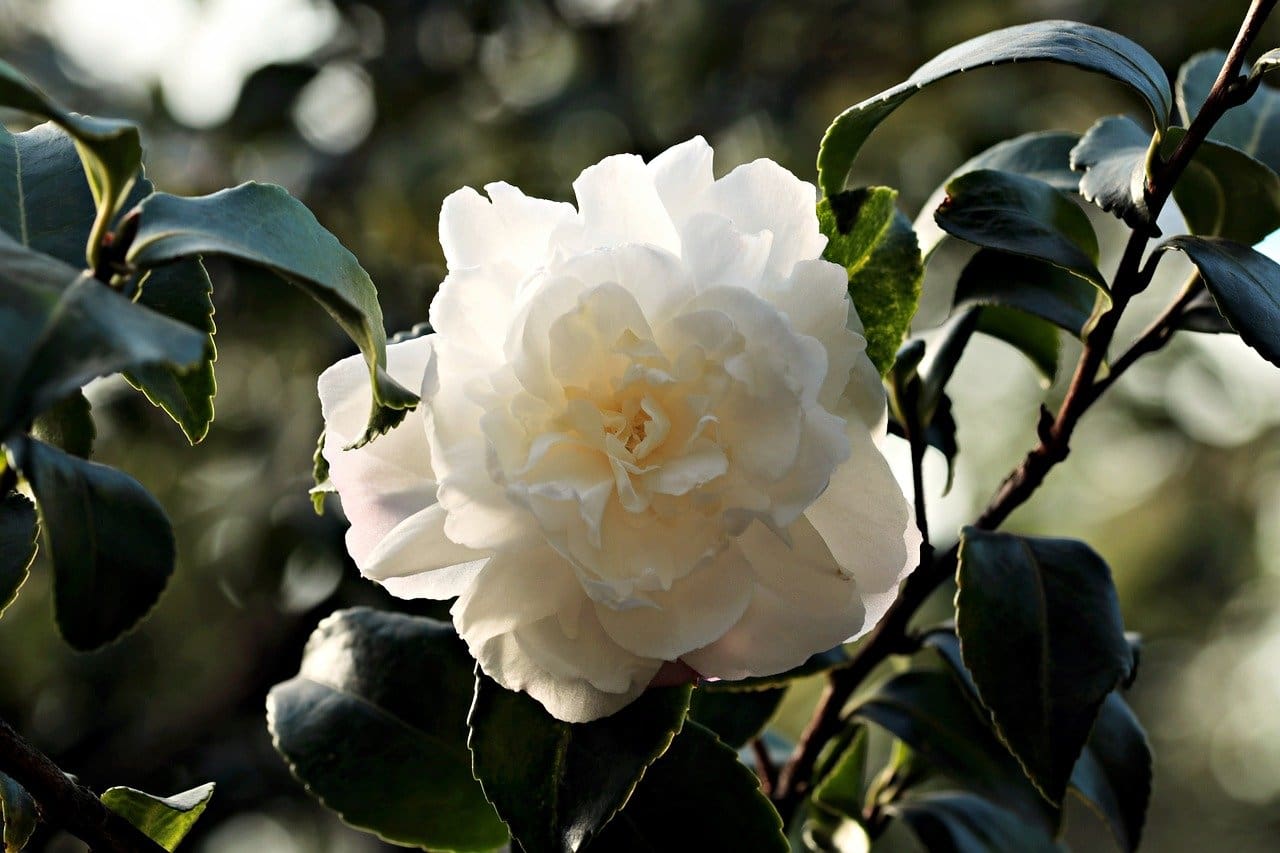
Nemesia
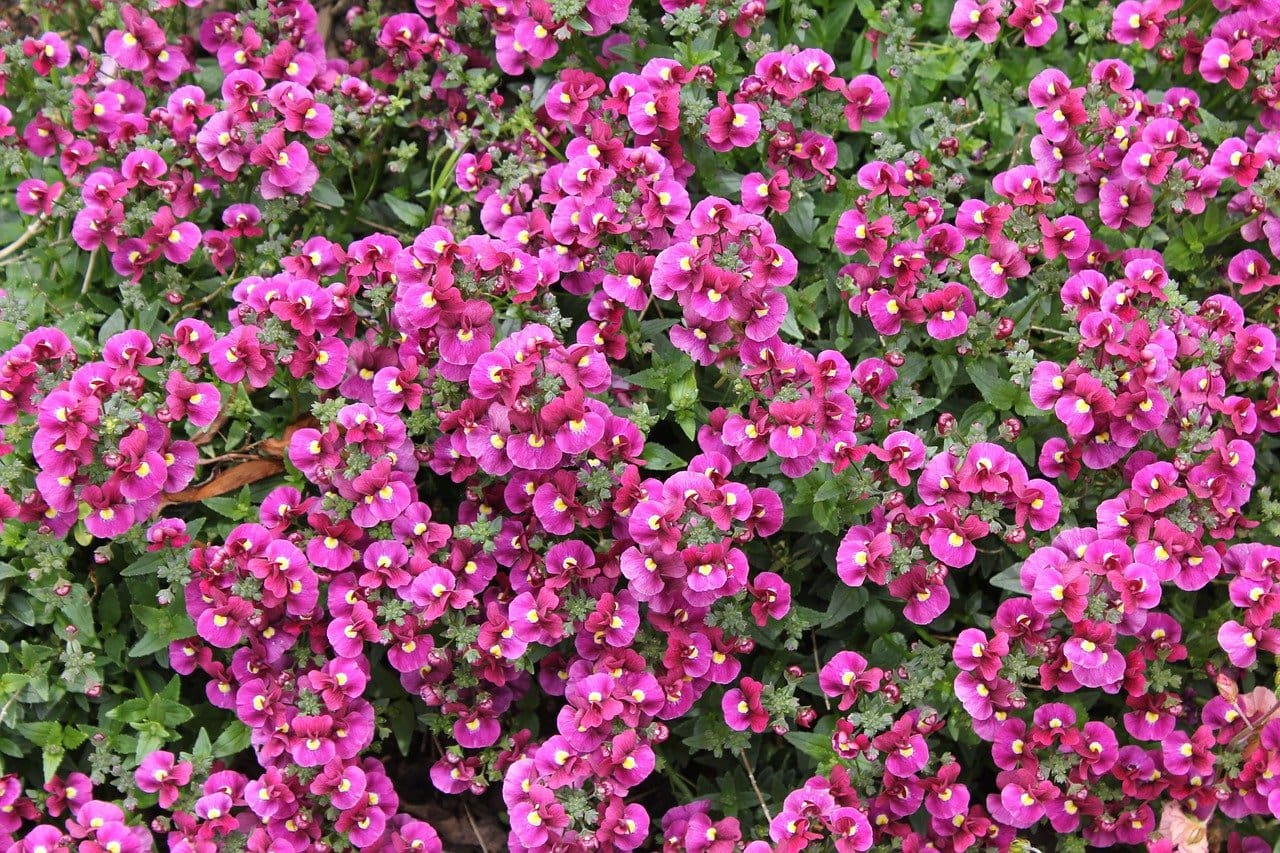
Nemesia is a perfect addition to your fall and winter garden, as it thrives in colder weather, needing sunlight but withering in full summer heat. This annual comes in various colors, including blue, pink, orange, red, purple, yellow, and white, and some are bi-colored, resembling a small orchid. Nemesia is also a fragrant attractor of butterflies and hummingbirds. Soil should be well-drained to avoid root rot, but otherwise, this plant is a low-maintenance, pleasantly aromatic plant that grows well in containers.
Ornamental Cabbage
This plant’s name may remind you more of a grocery store than a garden, but while ornamental cabbage leaves are edible but bitter, it is more often used as a garnish for food. Its color comes from the feathery, ruffled, or curled rosettes of its foliage rather than flowers, including blue-green leaves and centers that color pink, red, green, purple, chartreuse, or white. Its vivid and varied coloration is enhanced by temperatures below 60℉, making it perfect for including in a fall and winter landscape.
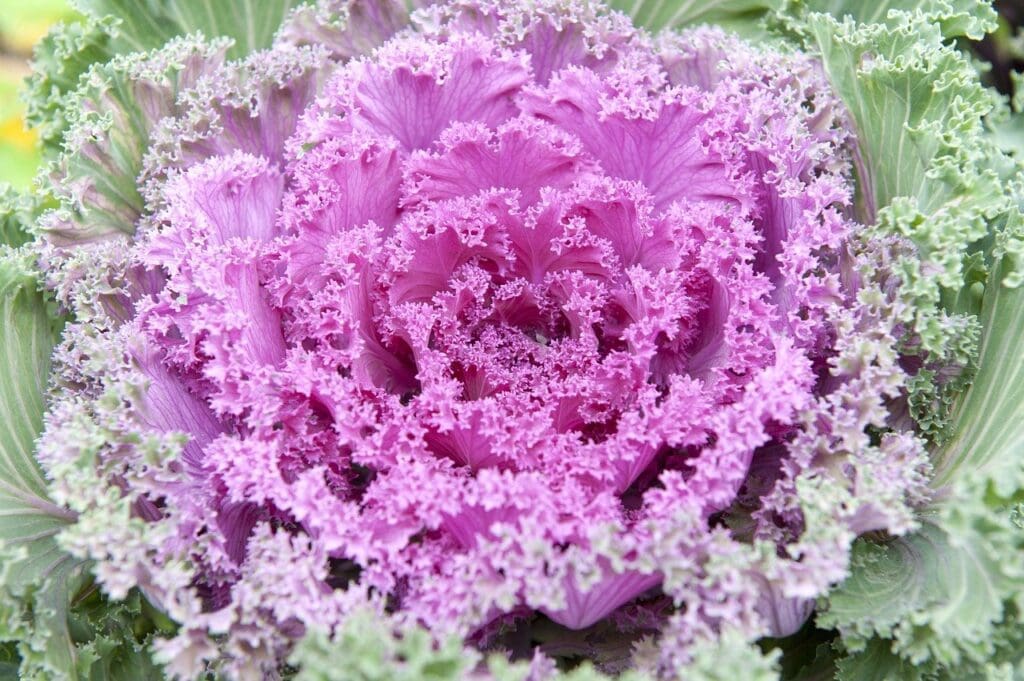
Petunias
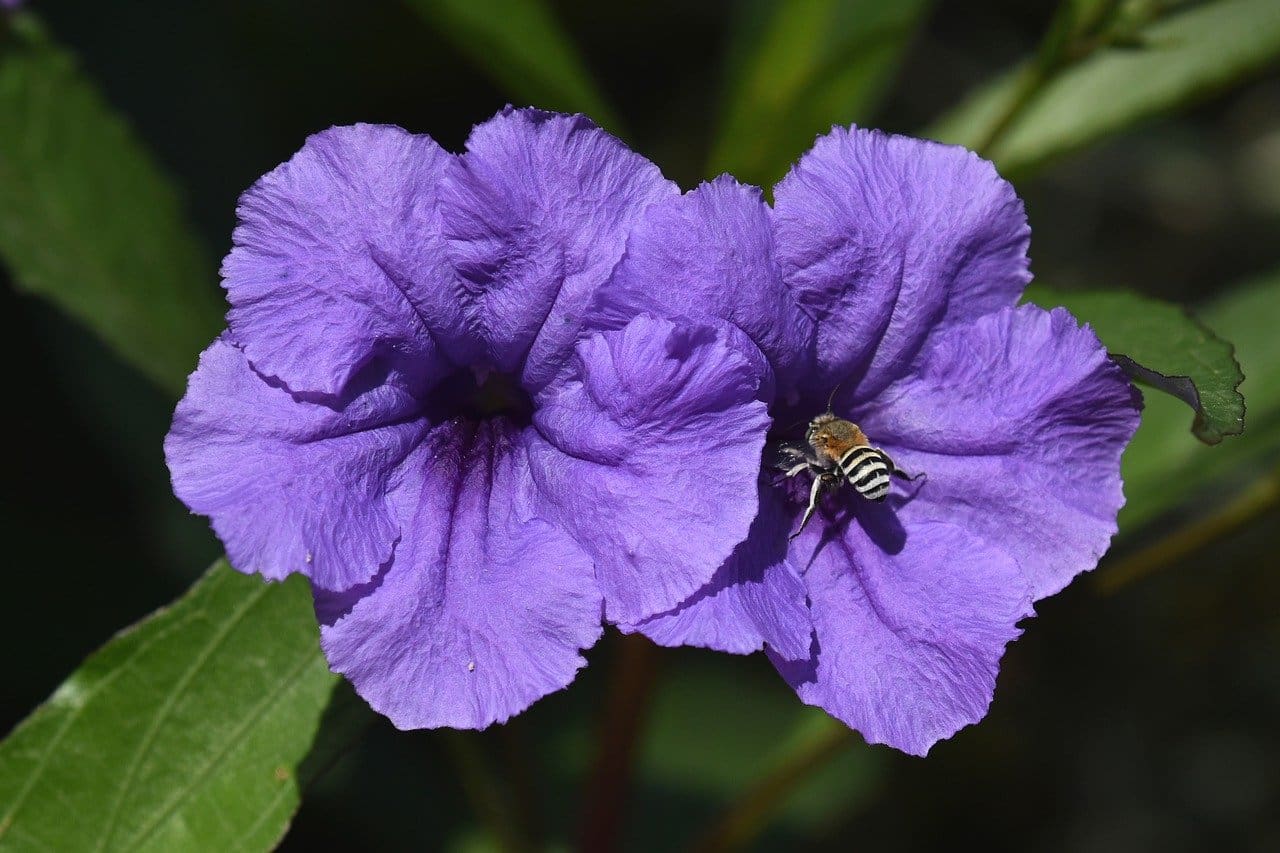
Petunias are like Willy Wonka’s Chocolate Factory – there is something for everyone! They come in a wide variety of colors, shapes, sizes, and fragrances, from dainty blooms to mounds of flowers, so no matter your preference, there is a petunia for your garden. Petunias tolerate cool weather well and can be planted in late fall and early winter, specifically October and November, to bloom year-round for your enjoyment.
Ground Covers
Groundcovers can add color and visual interest to areas of your yard where it is challenging to grow anything else, as they thrive in shade and sun and are remarkably low-maintenance. Further, they can be used on steep slopes or any areas of your yard that a lawnmower has difficulty reaching.
Bulbine
This grass-like plant grows in a clumping pattern to up to 4 feet wide. It is drought-resistant and hardy, and it blooms star-shaped flowers of orange and yellow year-round here in Florida. Bulbine is also called the “burn jelly plant,” as its leaves contain medicinal properties similar to that of the aloe vera plant.
Dianthus
Dianthus plants also called “pinks,” emit spicy scents of cinnamon or clove and grow white, pink, or red tiny flowers. This flowering groundcover can be used to border or grown in containers. Even better, it requires little maintenance, only needing watering at its base when dry.
Stonecrop
This succulent plant retains moisture through its blueish leaves, making it especially drought-resistant and hardy in rocky or dry soil. Its leaves boast colors of green, red, gray, or chartreuse and can come in intricate variegated designs. This easygoing plant requires minimal maintenance. Stonecrop will bloom yellow flowers in the spring and attract bees and butterflies to your yard.
SkyFrog Landscape Gets Your Garden Growing
This list is just an overview, and there are countless other possibilities. If you are still unsure which blooms to include in your fall and winter garden, contact our SkyFrog Landscape expert landscape designers and horticulturists. In addition to providing free estimates, we can schedule a time to assess your yard and ensure we recommend the proper plants for your yard’s soil, irrigation, and location considerations. With our help and knowledgeable insights, you can enjoy your outdoor space all fall and winter long!